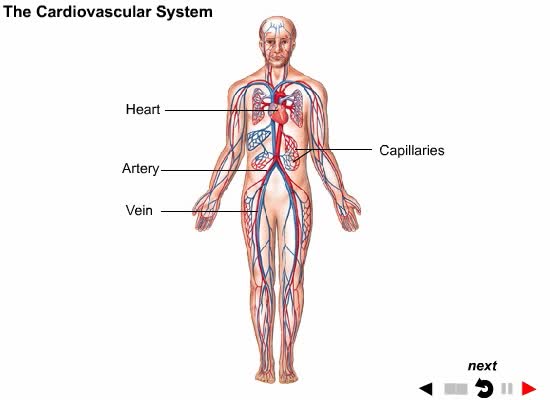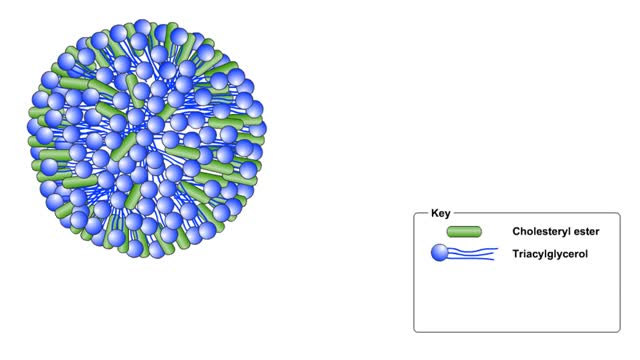Introduction to Pre-eclampsia
By: Administrator
Date Uploaded: 05/02/2019
Tags: Preeclampsia
Attachments: image.png (10KB)
Pre-eclampsia (PE) is a disorder of pregnancy characterized by the onset of high blood pressure and often a significant amount of protein in the urine. When it arises, the condition begins after 20 weeks of pregnancy. In severe disease there may be red blood cell breakdown, a low blood platelet count, impaired liver function, kidney dysfunction, swelling, shortness of breath due to fluid in the lungs, or visual disturbances. Pre-eclampsia increases the risk of poor outcomes for both the mother and the baby. If left untreated, it may result in seizures at which point it is known as eclampsia. Risk factors for pre-eclampsia include obesity, prior hypertension, older age, and diabetes mellitus. It is also more frequent in a woman's first pregnancy and if she is carrying twins. The underlying mechanism involves abnormal formation of blood vessels in the placenta amongst other factors. Most cases are diagnosed before delivery. Rarely, pre-eclampsia may begin in the period after delivery. While historically both high blood pressure and protein in the urine were required to make the diagnosis, some definitions also include those with hypertension and any associated organ dysfunction. Blood pressure is defined as high when it is greater than 140 mmHg systolic or 90 mmHg diastolic at two separate times, more than four hours apart in a woman after twenty weeks of pregnancy. Pre-eclampsia is routinely screened for during prenatal care. Recommendations for prevention include: aspirin in those at high risk, calcium supplementation in areas with low intake, and treatment of prior hypertension with medications. In those with pre-eclampsia delivery of the baby and placenta is an effective treatment. When delivery becomes recommended depends on how severe the pre-eclampsia and how far along in pregnancy a woman is. Blood pressure medication, such as labetalol and methyldopa, may be used to improve the mother's condition before delivery. Magnesium sulfate may be used to prevent eclampsia in those with severe disease. Bedrest and salt intake have not been found to be useful for either treatment or prevention. Pre-eclampsia affects 2–8% of pregnancies worldwide. Hypertensive disorders of pregnancy (which include pre-eclampsia) are one of the most common causes of death due to pregnancy. They resulted in 46,900 deaths in 2015. Pre-eclampsia usually occurs after 32 weeks; however, if it occurs earlier it is associated with worse outcomes. Women who have had pre-eclampsia are at increased risk of heart disease and stroke later in life. The word "eclampsia" is from the Greek term for lightning. The first known description of the condition was by Hippocrates in the 5th century BC.
Add To
You must login to add videos to your playlists.
Advertisement












Comments
0 Comments total
Sign In to post comments.
No comments have been posted for this video yet.